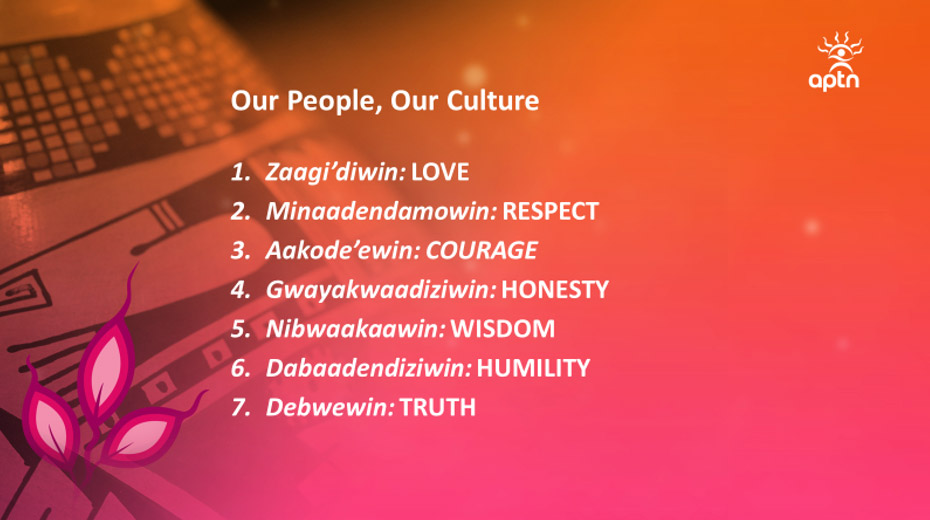The importance of collaboration: continued
This article is the second in a three-part series from our NFP Council on the importance of collaboration in organizations with diverse stakeholders. Parts one and two are case studies. Part Three gleans insights and lessons learned from these studies.
APTN launched in 1999 as the world’s first national Indigenous broadcaster. Being able to reach people – whether employees, viewers, members of target communities or stakeholders – is what the network is all about. After more than 20 years in the ever-changing world of broadcasting, the organization remains well aware that retaining and attracting new employees and viewers is more important than ever.
One route to continued success is through collaboration. But how do you foster collaboration between a variety of groups with seemingly different perspectives, opinions, functions and end goals? Over the years, APTN learned that finding common ground is vital. So, it began by looking for common threads that turned up in research, interviews and discussions with its audiences and stakeholders.
During interviews with potential employees, almost everyone asks about workplace culture. APTN culture also comes up in discussions with Elders, suppliers, clients, community stakeholders and in viewer research.
The organization is proud to offer a healthy and positive workplace for employees to learn, thrive and grow, both professionally and personally. Employees are encouraged to reach their true potential, celebrate their achievements and inspire excellence in others. The disruption to employees and the workplace brought on by the COVID-19 pandemic prompted APTN to reflect inwards and ask, “how do we want everyone to identify with APTN?”
With this question in mind, the organization began crafting an official culture code at the end of 2021, “Our People. Our Culture.” A culture code outlines the most important values and expectations of a company or organization. It gives current and prospective employees a look at the organization’s underlying motivators and motivations, and an idea of where the organization is headed. The goal of the culture code that APTN developed, which was called “Our People. Our Culture.” was to accurately reflect both the values of APTN and the values of its employees across the country, in order for current and prospective employees to know that the environment is inclusive, welcoming and respectful.
In drafting the culture code, APTN recognized the importance of engaging with its employees. An all-employee survey was conducted, and the organization held select focus groups to gain more in-depth understanding. It worked with a consulting firm to gather information and write a report. The report’s key insights were reviewed and used to help develop the culture code’s main concept: the Seven Sacred Teachings.
As the world’s first national Indigenous broadcaster, APTN wanted the culture code to reflect its unique programming and continuous support of Indigenous communities across the country. APTN drew inspiration from the Anishinaabe Seven Sacred Teachings, also known as the Teachings of the Seven Grandfathers. These are excellent teachings that can be applied by everyone, no matter your roots, ancestry or religious background.

© APTN
“Our People. Our Culture.” highlights the importance of leading interactions in a positive way, from a place of understanding and appreciation for all of APTN’s employees and their relations. Much like the sacred teachings, the different pieces of this culture code are woven together and intended to be used as guiding principles in the organization’s conduct towards others and the land that everyone lives on.
APTN reviewed the final draft of the culture code with an Elder to ensure it was respectful and accurate regarding potential cultural sensitivities. The organization also received input and feedback from its senior management team along the way, and the revised draft was shared with all employees in order to solicit further feedback, which garnered high engagement and fostered a deep sense of pride.
It was vital that APTN consult with its people, employees, communities and Elders, in order to ensure inclusivity and representation of all employees—Indigenous and non-Indigenous. APTN is made up of a diverse group of people; over 60 per cent of its employees are Indigenous, 28 per cent are non-Indigenous, four per cent are undeclared and five per cent are visible minorities.
The development of “Our People. Our Culture.” provided the common ground that was needed for a successful collaborative effort—especially for an organization with such diverse stakeholders. Sharing its values with current and potential employees, as well as its stakeholders and audiences, helped to distinguish APTN from other media outlets across Turtle Island.
Watch for Part Three of this series, sharing insights and lessons learned from the collaborative journeys of the CNE (featured in Part One of this series) and APTN.



































